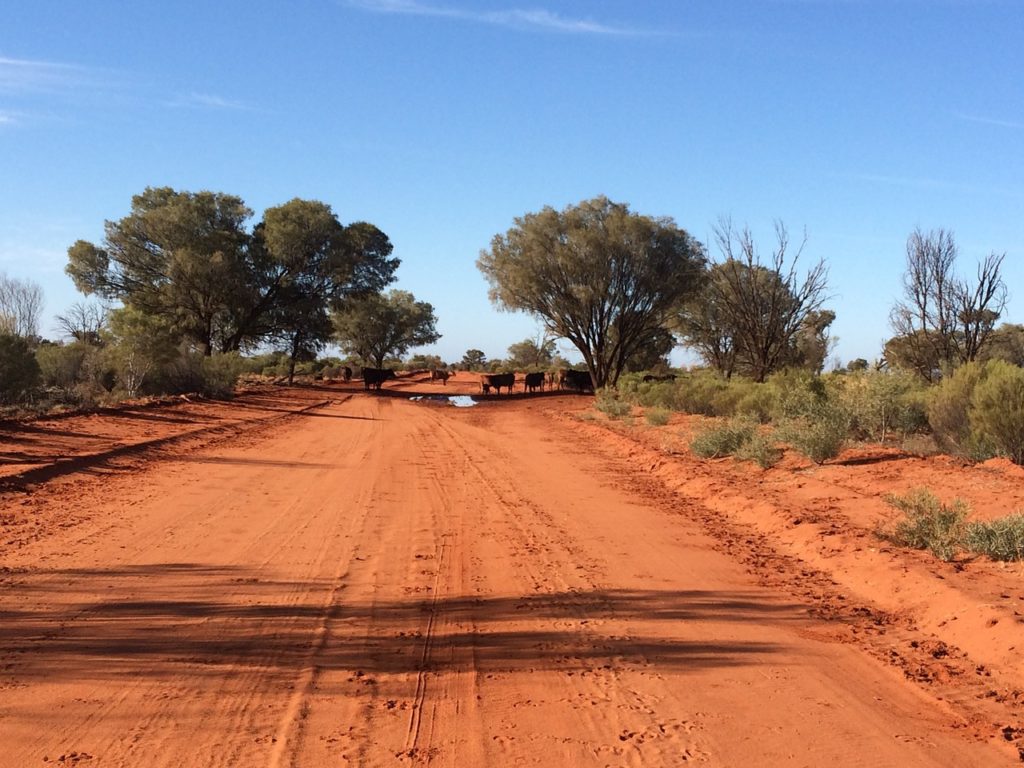Dry conditions and elevated feed and water prices will continue to impact farmers across Australia for at least 12-18 months, according to chair of Dairy Australia, Jeff Odgers.
Currently, over 40 per cent of dairy farms are located in drought-affected regions, with more than 2,000 dairy farms affected across New South Wales, Queensland, Murray and east Gippsland.
A dairy farmer himself, Mr Odgers understands that the dairy industry is facing tough conditions, and is committed to supporting farmers to ready themselves to achieve the best possible outcomes over the next year.
“The dairy industry is facing substantial challenges around feed supply and costs.”
“We understand this at Dairy Australia, and it is our number one priority to deliver localised programs, in a concerted effort to assist with planning and to help maximise spring and homegrown feed where conditions allow,” Mr Odgers said.
“Typically, farmers will grow the bulk of their annual feed supply in spring, but for many dairy farmers, notably those along Australia’s east coast, it will be tough to achieve the growth required and farmers will need to consider feed purchases to address the gap.
“Our major concern is that we have seen rising feed costs heavily impacting farmers’ cash flow and access to feed, particularly fibre, is becoming much harder.”
“This means as dairy farmers try to hold core herd numbers together, they’re more exposed to the inflated feed costs we’re seeing across Australia.
“It’s vital to continue to plan ahead to secure sufficient fibre, to set ourselves up for the year ahead.”
Dairy Australia’s Hay and Grain Report highlights the reality of the rising feed prices across the country.
The latest report, released on Friday reveals that dairy farmers have seen hay prices double since January in some regions, with hay now costing farmers up to $600/tonne (excluding GST).
In most regions, grain prices have also increased by approximately 50 per cent since January, to at least $400/tonne.
“Dairy Australia has a pivotal role to play at the centre of the response to the dry conditions.
“Through the national availability of Taking Stock one-on-one consultations, technical information, discussion groups and localised extension and support, we want to ensure farmers understand their local situation, are prepared to be proactive with their planning.”
Regional development programs are delivering on the ground localised support through a range of activities, with a focus on planning through the coming months to make the most of available feed, and providing functions to help farmers stay connected.
“As an industry, we feel strong support from the Australian public and from within the dairy community, and for that reason, we mustn’t lose sight of endeavouring to navigate through the coming months in the best possible way.”
“We’ve proven we’re resilient and we need to continue to support one another, and keep perspective of the industry’s future,” Mr Odgers said.
Dairy Australia has established a one-stop reference centre for all Feed Shortage 2018/19 information at www.dairyaustralia.com.au/feedshortage.
If you’re interested in learning more about how the drought is affecting current dairy commodity prices watch our latest market update video.
Article sourced from https://www.dairyaustralia.com.au



